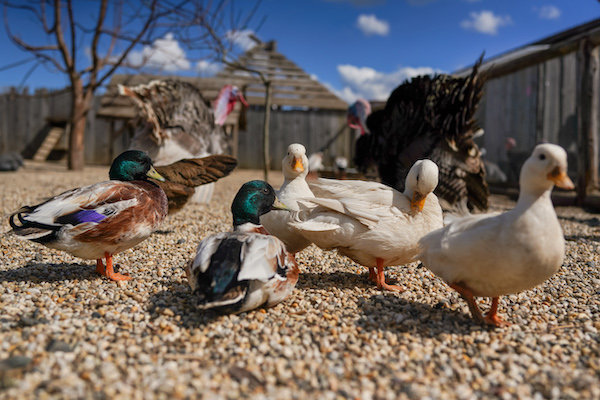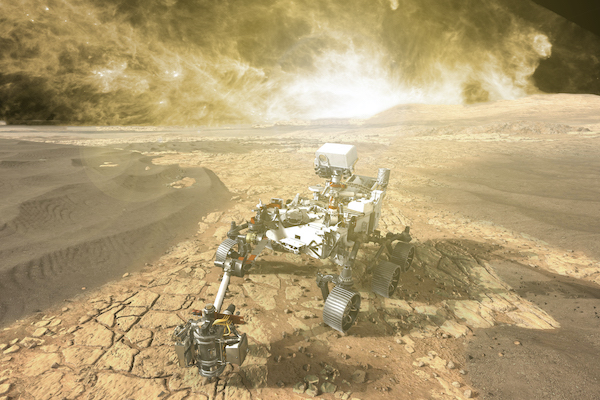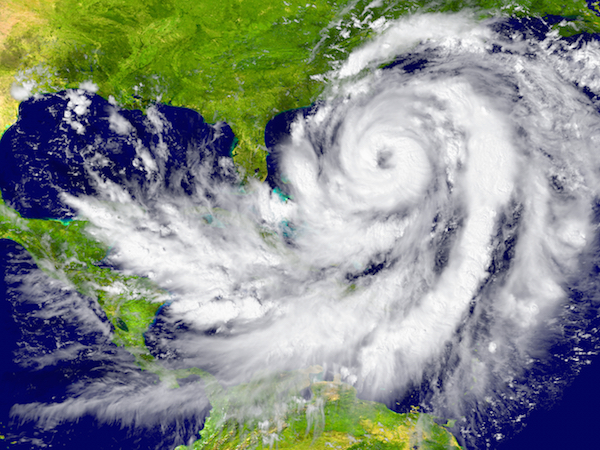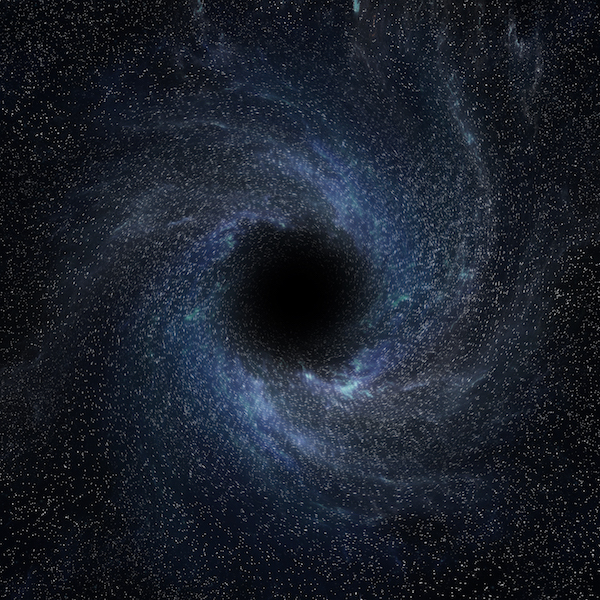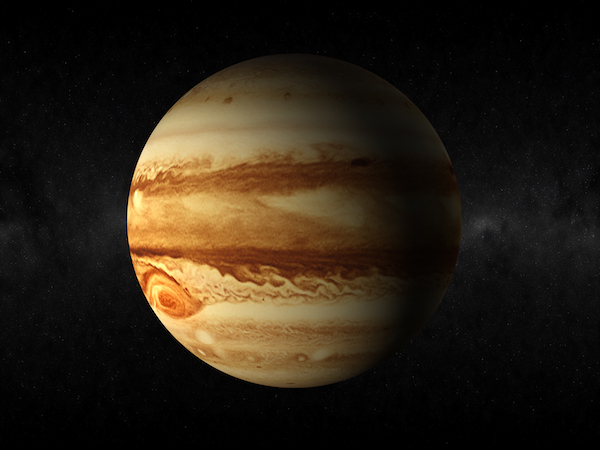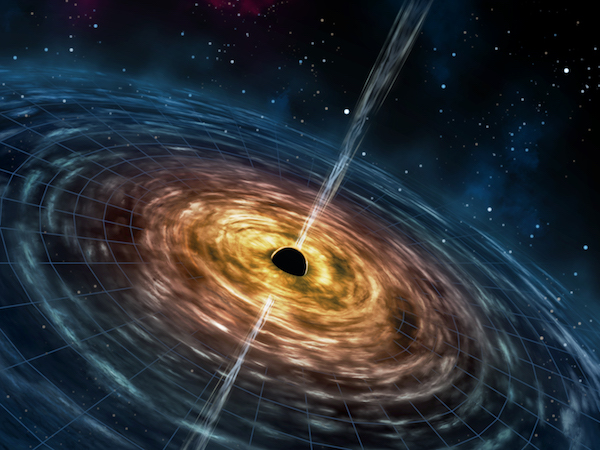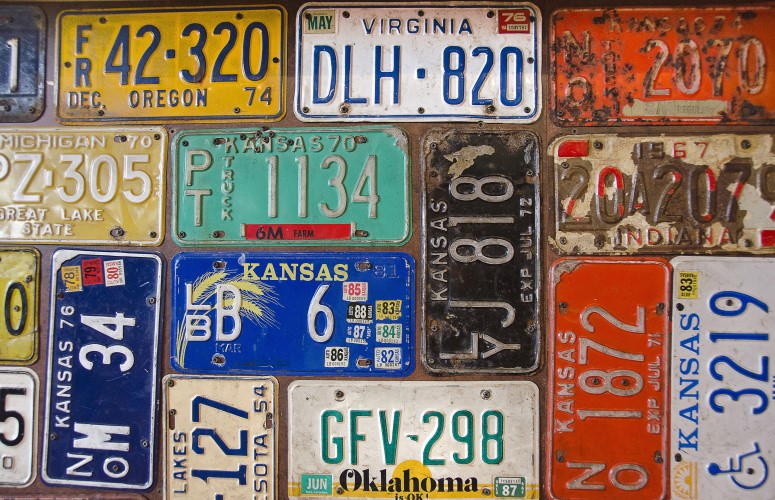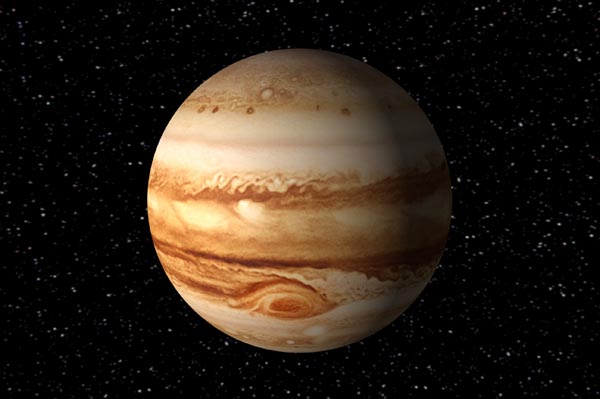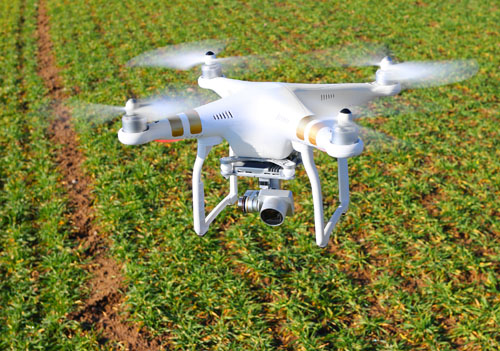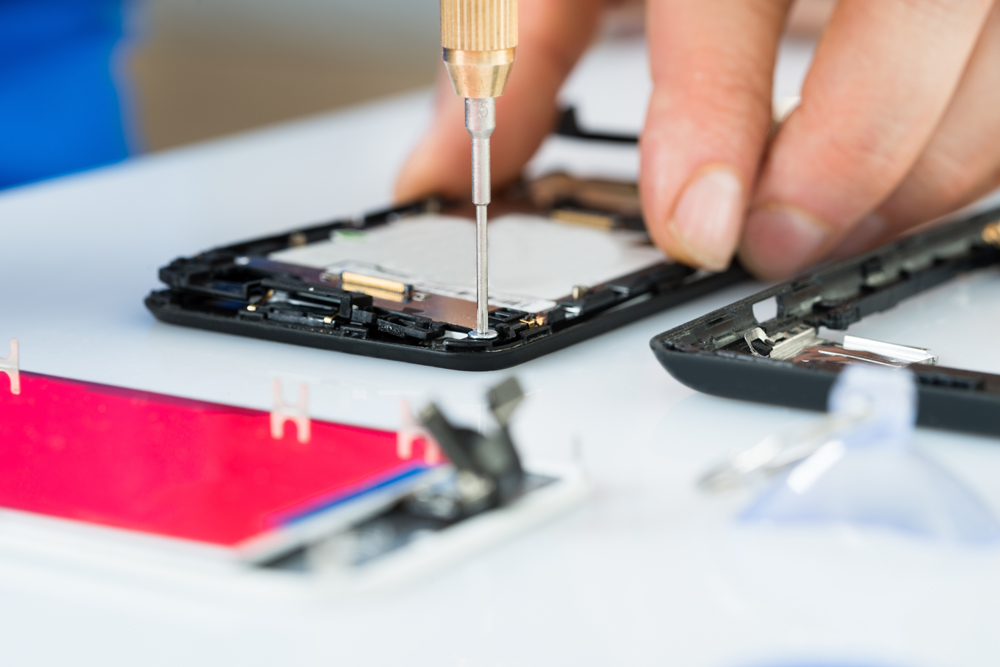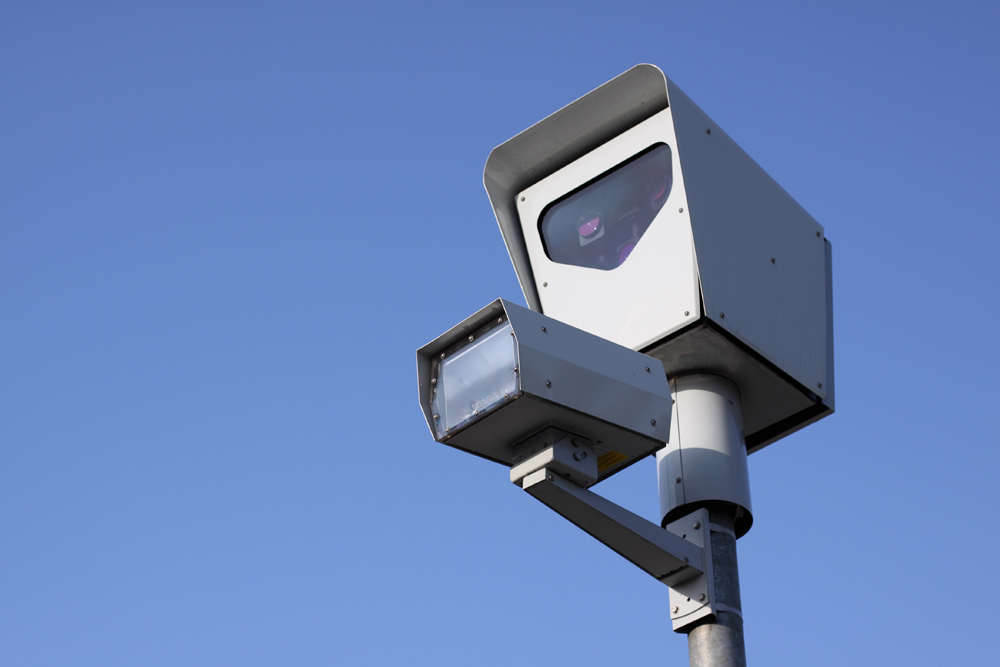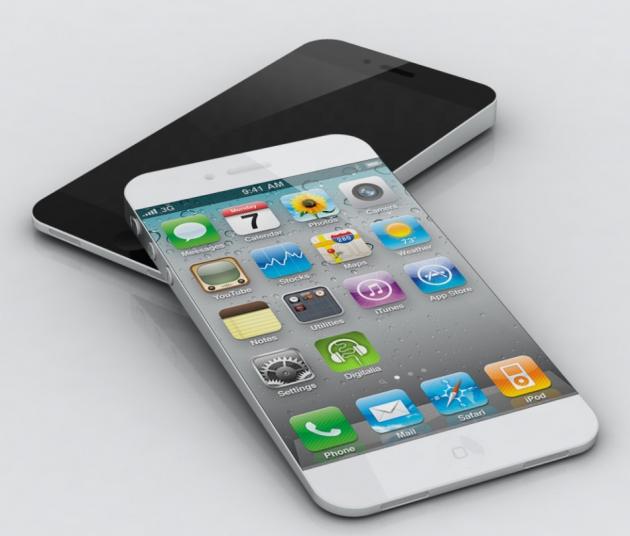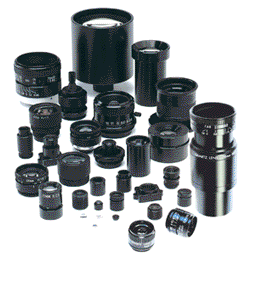What You Need To Know About Depth Of Field?
Depth of field is often talked about as one of the fundamental concepts in the capture of images. A photographer or application will carefully select the depth of field in any composition in order to sufficiently capture their intended perspective. […]
Planetary Surface Navigation And Exploration
In the quest to explore the solar system and all the celestial bodies, the National Aeronautics and Space Administration (more commonly known as NASA) is continuously sending its mechanical astronauts to outer space for planetary surface navigation. Be that as it may, capturing high-resolution images in a volatile space environment [...]
Tracking Sea-Level Changes With Satellite Imaging
The global sea level has been rising over the past century, and the rate has increased in recent decades. Rising sea levels are a result of global warming and have now become a huge cause of concern. […]
Leveraging Satellites To Track Climate Change
Governments all over the world are joining forces to address the issue of climate change. With the increase in global warming driven by human greenhouse gas emissions and the resulting large-scale shifts in weather patterns, space agencies have also entered the fight to heal the Earth’s climate. […]
Hurricane Study And Detection
The National Hurricane Center (NHC) has the responsibility of announcing and categorizing all hurricane and cyclone activity in and around North America. This includes the expected track of the storm, the size, rainfall, storm surges and other aspects that go along with Atlantic and Pacific storm formations. These storms are [...]
Camera Shy Black Holes
In April astronomers announced what is quite possibly, the most extraordinary piece of scientific news ever. They had at last captured an image of the unobservable, always illusive, black hole – cosmic abyss so deep and dense that not even light can escape it. […]
The Juno Spacecraft
Jupiter may be one of the most recognizable sights in the night sky, but it still manages to surprise not only everyday people, but also the scientists that continue to study it. The Juno spacecraft successfully entered the orbit of Jupiter on July 4, 2016. In early 2018, it was [...]
3D Simulations Of Black Hole Dynamics
In the past, 3D simulations of black hole dynamics have modelled plasma made of electrons and positrons as a continuum. Recently, and for the first time, a team of astrophysicists have calculated how individual particles of matter and antimatter swirl around a rotating black hole. […]
Extraordinary Images Of The Lunar Eclipse
If you happened to look up into the sky on Sunday, January 20th, you probably spotted a ‘blood moon’, also known as a lunar eclipse. Millions of people around the world enjoyed the sight as the moon slowly turned dark, and then red over a period of several hours. However, [...]
License Plate Readers
The use of license plate readers is increasing in popularity with police and other law enforcement agencies to find stolen cars and catch up with people with expired licenses or active warrants. And when they’re not piggybacking on police cruisers, plate readers are often affixed to utility poles or freeway [...]
Images From Space
Globally, the fascination with deep space began in the early 1900’s. Since them, imaging satellites are launched in an ongoing effort to see space more accurately. The images from space sent back will help researchers and scientists gain a clearer understanding of our planetary neighbors and how they affect life [...]
Robotic Face Detection
Vision-based face detection and recognition is one of the most rapidly growing research areas in computer vision and robotics and is widely used in several human related applications. However, vision-based face detection and recognition has been shown to be effective only under normal illumination conditions. In developing an algorithm [...]
Increasing Productivity with Drones in Agriculture
If precision technology has driven the farming revolution of recent years, monitoring crops from the sky will drive the next. With using drone or UAV technology, you can capture highly accurate images of your fields, covering up to hundreds of hectares/acres in a single flight, without the cost and [...]
Counting With Cameras: Intriguing Technology
Have you ever wondered how event coordinator at events such as New Year’s Eve in Time Square, the Boston Marathon or other events where tickets and assigned seats aren’t involved can supply the numbers on how many individuals attended? Through the use of “people counting software” these numbers can be [...]
Smartphones Get Better Lenses
Smart phones continue to get even smarter with the new technology developed by the Garvan Institute of Medical Research and the Australian National University. By adding a small, lentil-sized lens, a smart phone can be transformed into a microscope. Not only can this lens transform the phone, but it also [...]
Traffic Cameras Provide Birds’ Eye View
If you’ve ever received a ticket in the mail that comes with a photo of you behind the wheel violating some traffic law – speeding, running a red light, etc. – you may be wondering, “How did they do that?” Traffic cameras are abundant in cities across the country and [...]
Take Slow Motion Videos On Your Smartphone
People use their smartphones for everything from reading email to managing their Facebook and Instagram accounts to snapping photos and videos. When the new iPhone 5S surfaced, it allowed users to take slow-motion recordings, identifying a new market in smartphone usage. Toshiba recently announced a new 8MP CMOS BSI sensor [...]
Camera Lenses Help Viewers See NASCAR Action
Sitting home in our easy chairs we can enjoy the thrills that come from a NASCAR race – up close and personal. The reason for this is because of the lenses that the car-mounted cameras use. From the fast-rushing landscape to rear bumper shots to near misses and close-ups of [...]
Camera Lens Assembly Basics
Camera lenses are complex pieces of machinery and are made up of myriad tiny parts; learn more at universeoptics.com
The Science Behind Anti-Vibration Camera Lenses
Cameras and camera lenses are sometimes asked to perform in less than ideal conditions and on rugged terrain; learn more at universeoptics.com
How Image Sensors & Camera Lenses Relate
The size of the sensor integrated into a camera is what ultimately determines the amount of light the camera can capture to create its image.
